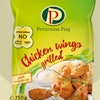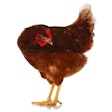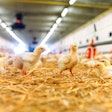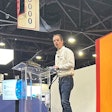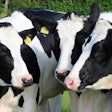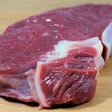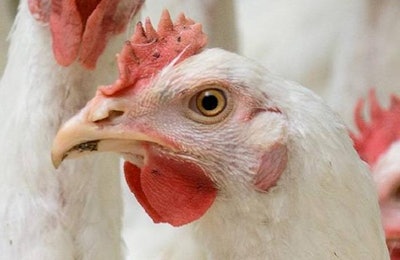
A recent report from two senior analysts for Wells Fargo stated that it is “difficult to definitively affirm an environment of collusion” among the top poultry companies in the United States.
The report was completed in response to class-action lawsuits filed against leading poultry companies and Agri-Stats. One suit was filed on behalf of Winn-Dixie and Bi-Lo, while an earlier lawsuit was filed on behalf of Maplevale Farms.
Since that time, another lawsuit was filed on behalf of Kroger, Albertsons Companies and Hy-Vee.
In all of the mentioned lawsuits, companies were accused of conspiring with one another in order to manipulate prices of broiler chicken. The effective time frame was from 2008 to 2016, and the Wells Fargo examined economic factors pertinent to the poultry industry that could have led to inflated poultry prices.
The authors of the report are Bryan Hunt and David Kuck.
Feed costs
According to the Wells Fargo report, renewable fuels legislation led to increased corn use for ethanol production. This, combined with a drought from 2010 to 2012, led to a reduced corn supply and higher prices for corn, a major ingredient used in poultry feed.
Feed costs more than doubled and feed price volatility increased sharply over a short period of time, the report stated.
The increased feed costs also affected the beef and pork industries.
Reduced poultry production in 2009
Reduced poultry production and supply can lead to higher prices. Between 2008 and 2011, there were multiple bankruptcies in the broiler industry, in part due to the increased price of feed. One company in particular, Pilgrim’s Pride, closed six facilities in 2009, which alone was reported to reduce the poultry industry’s capacity by 3-4 percent.
Breast meat price trends
Hunt and Kuck analyzed the performance of skinless, boneless breast meat (SKBS) prices during the period of alleged collusion, while comparing those prices to the eight previous years.
The decision to analyze SKBS prices was made due to the fact that the food service industry purchases more breast meat and wings, rather than whole birds.
The research showed that during that time frame, there was only a 1.2 percent nominal annual price inflation, and the price inflation of breast meat for food away from home actually was less during the alleged time of collusion than it was during the previous years.
“If there was collusion and price index control as alleged, the overall price changes and volatility hardly reflect that notion,” the report stated.
Conclusion
The authors of the report in their conclusion stated that they “struggle to understand how the alleged collusion will be proven based on industry production, profitability and the price behavior of key outputs.”
“The information provided by inside documents, communications and Agri-Stats reports could sway several ongoing investigations, but again, we find it difficult to understand how outright collusion will be proven based on the fallible conclusions in the cases presented by one food retailer and three foodservice companies,” the report concluded.

